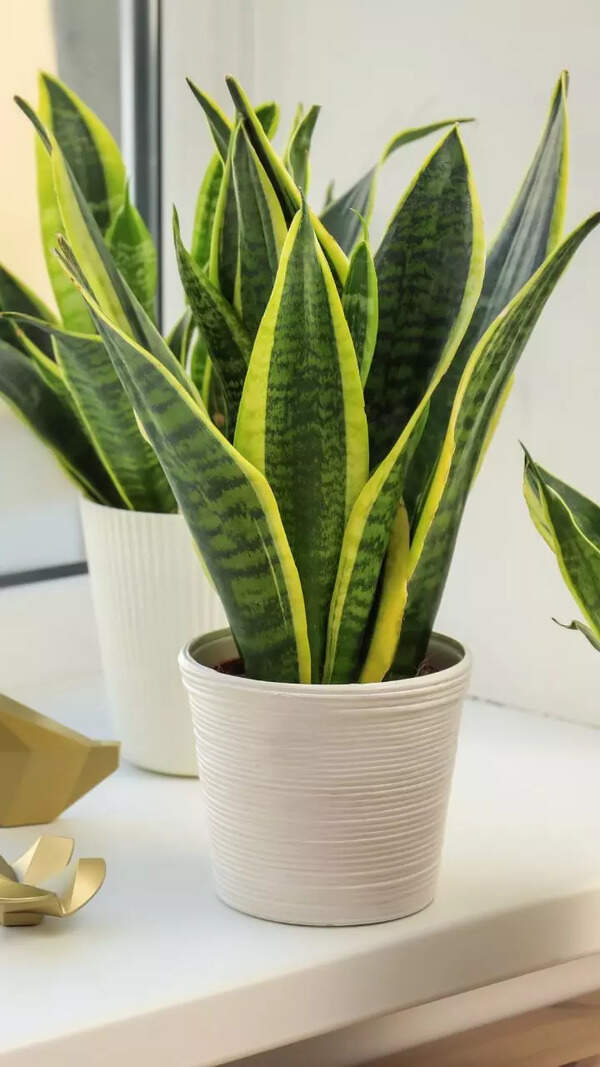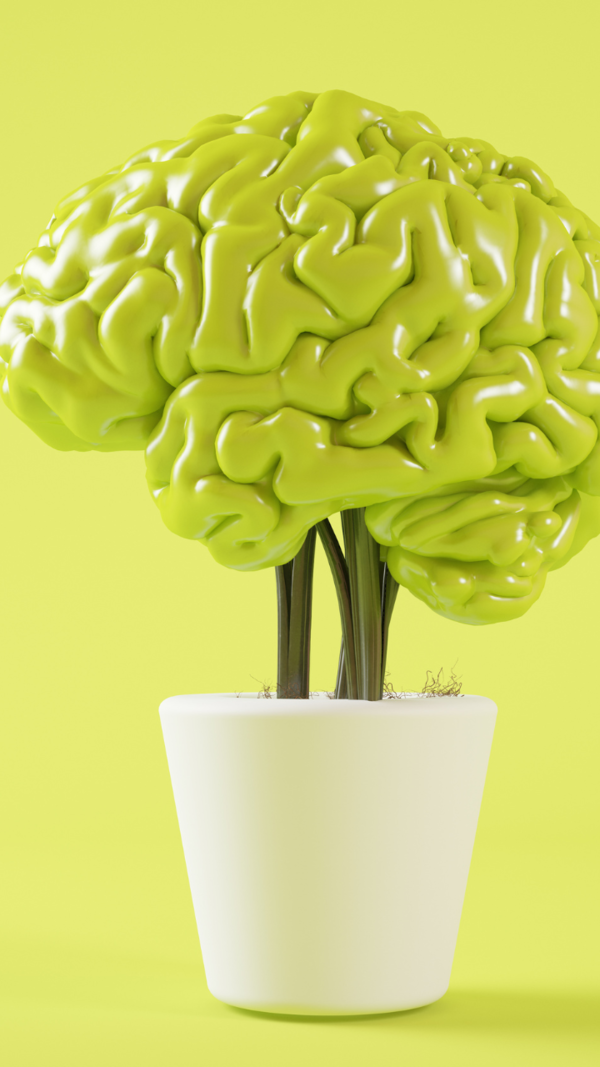- News
- lifestyle
- health-fitness
- health-news
- Spring making you moody and tired? Surprising ways seasonal allergies affect your brain
Trending
Spring making you moody and tired? Surprising ways seasonal allergies affect your brain
Spring often brings pollen allergies, leading to symptoms like sneezing, watery eyes, and stuffiness, while significantly affecting the brain. These allergies can disrupt sleep, cause fatigue, mood changes, and headaches. Strategies to prevent symptoms include staying indoors during high pollen times, using air purifiers, and taking antihistamines.
Spring is typically associated with happy and vibrant feelings. As the harsh winter gives way to the soothing warmth of spring, people look forward to stepping outdoors, socialising more, and feeling energetic and jubilant.However, many of us, instead of feeling joyful, may feel drained and groggy. This lack of energy, headache, dizziness and mood changes could be attributed to spring's lesser-known effect on our brain. Here's what you need to know.Nature is in full bloom during spring but on the downside, pollen allergies are rampant during this time, leading to allergic symptoms like sneezing, watery eyes, stuffiness, scratchy throat, wheezing, and coughing. While these are common symptoms everyone is aware of, the impact of seasonal allergies are rarely discussed in the context of brain. Can this cause brain fog and translate into symptoms like dizziness, mood changes and headaches?
Understanding 'Spring' brain fog
How pollen impacts immune system
How to prevent

About the Author
TOI Lifestyle DeskEnd of Article
Follow Us On Social Media
Visual Stories
Tired of too many ads?











